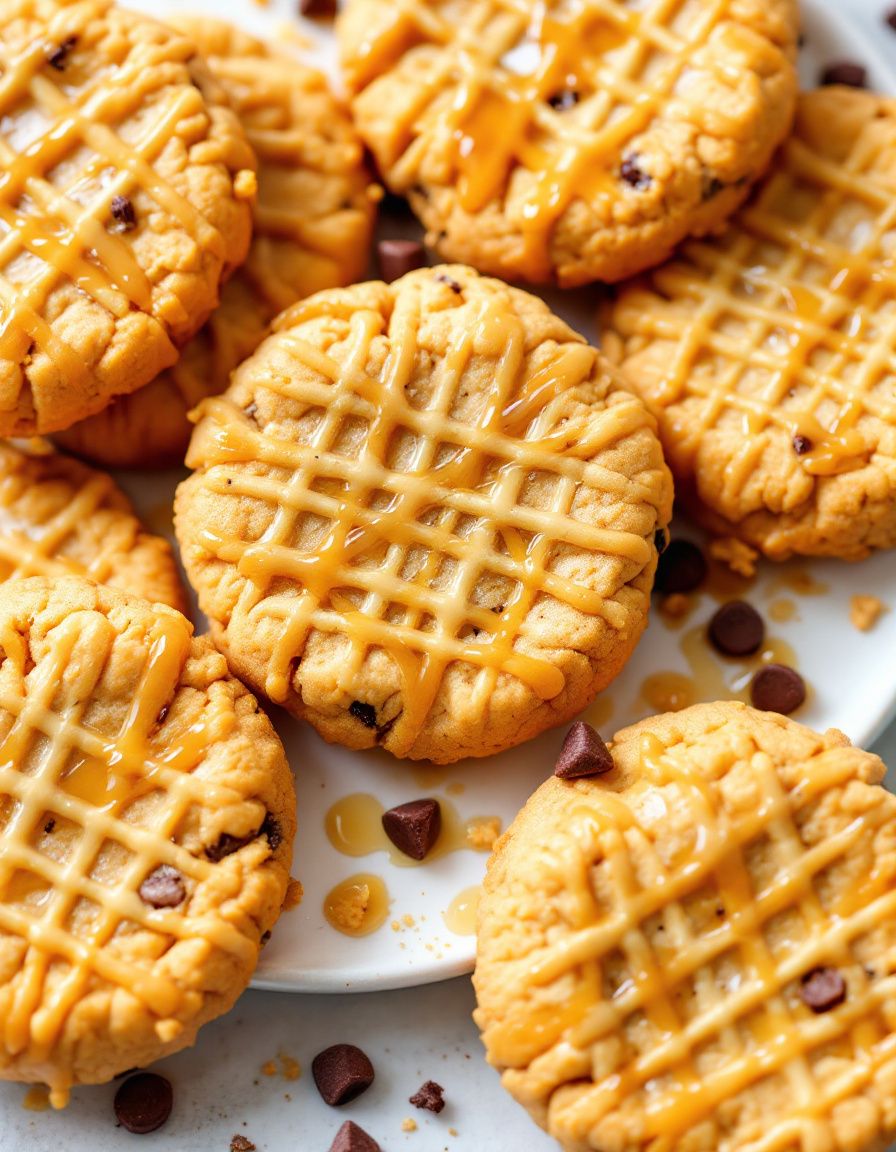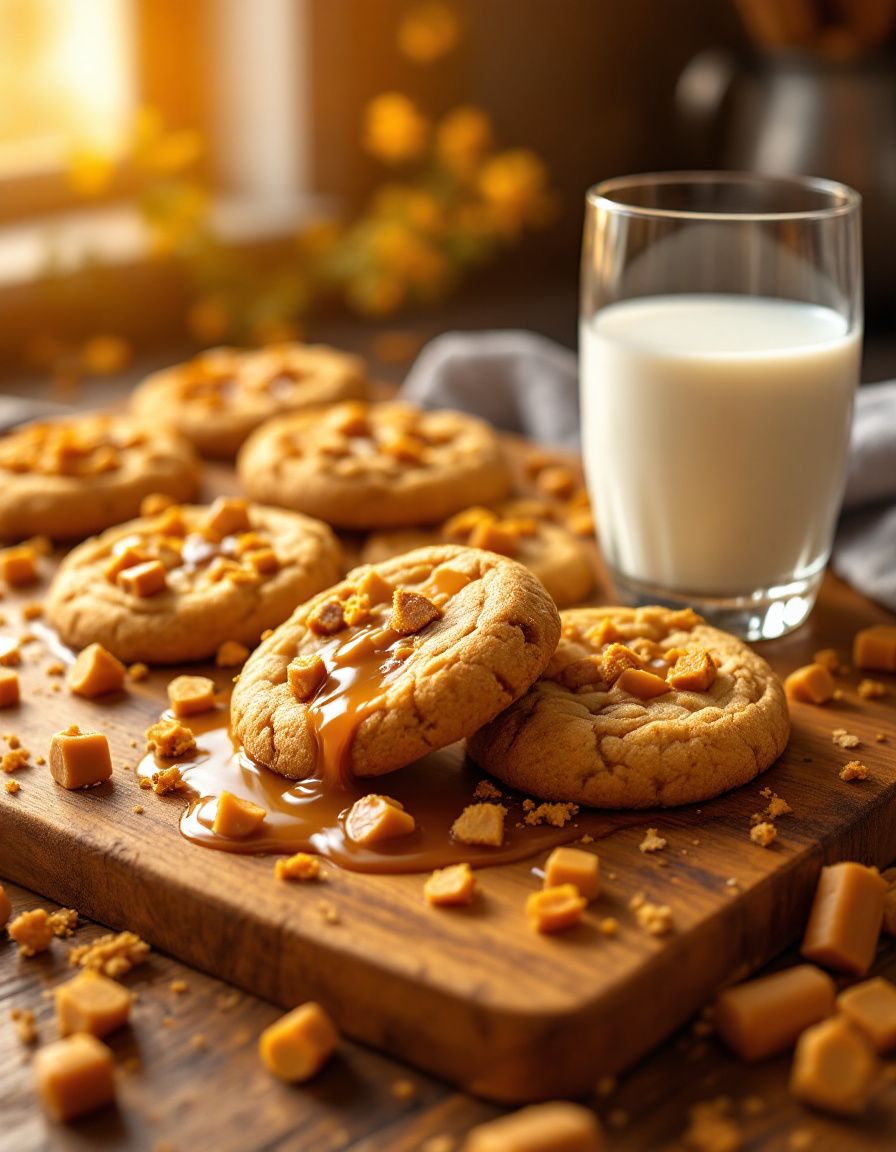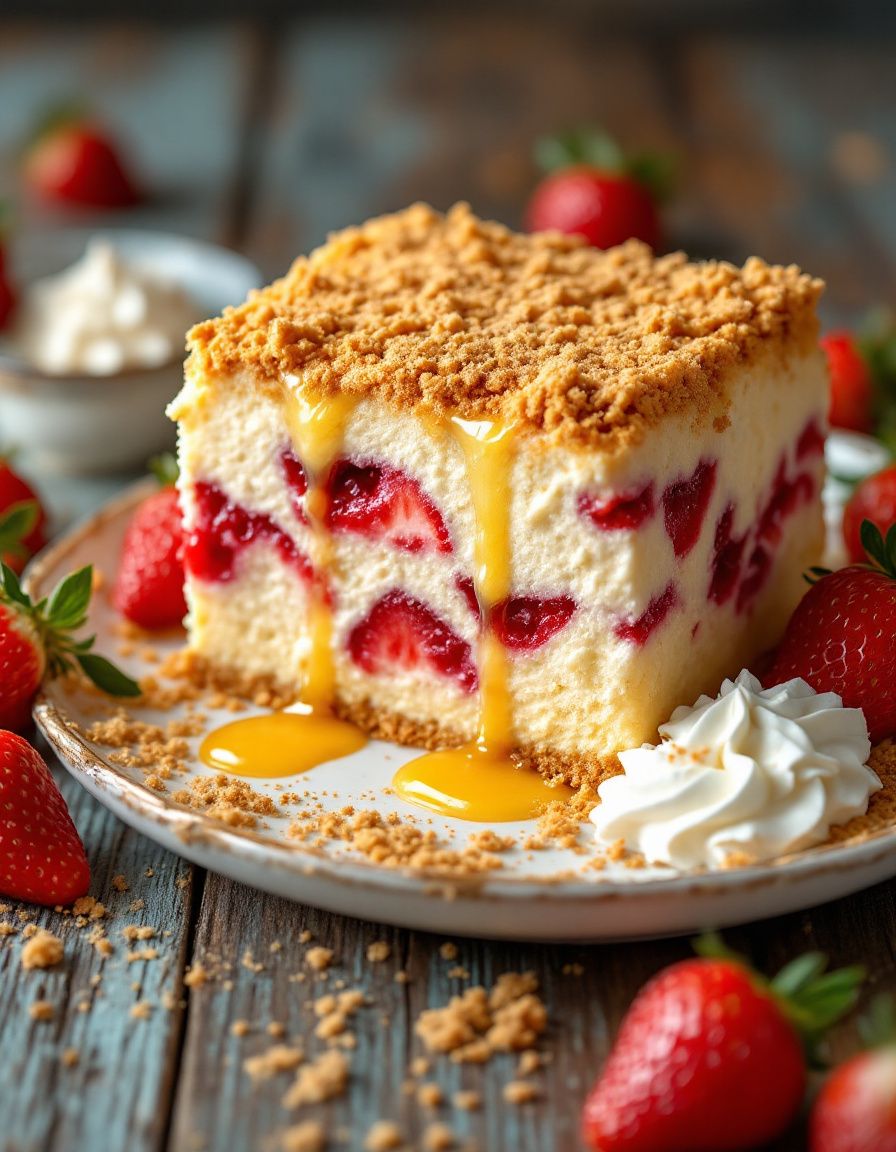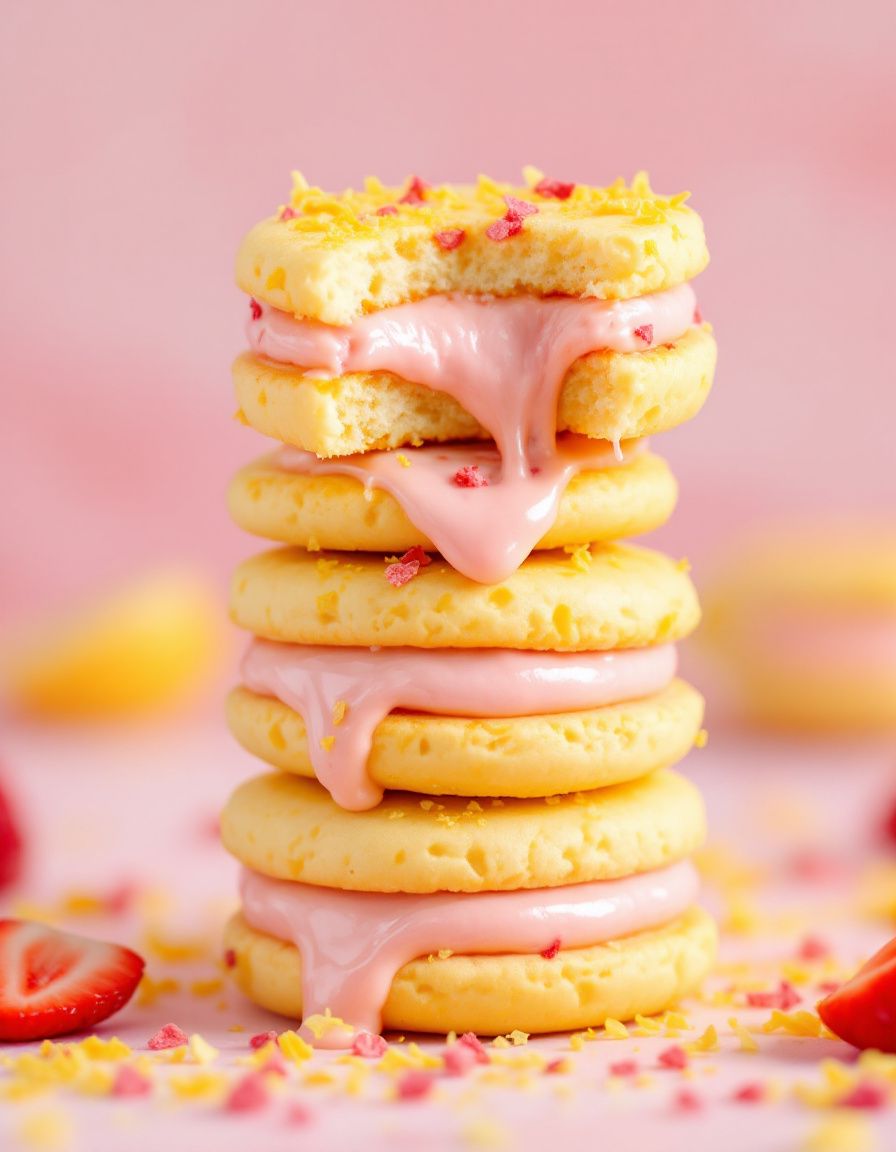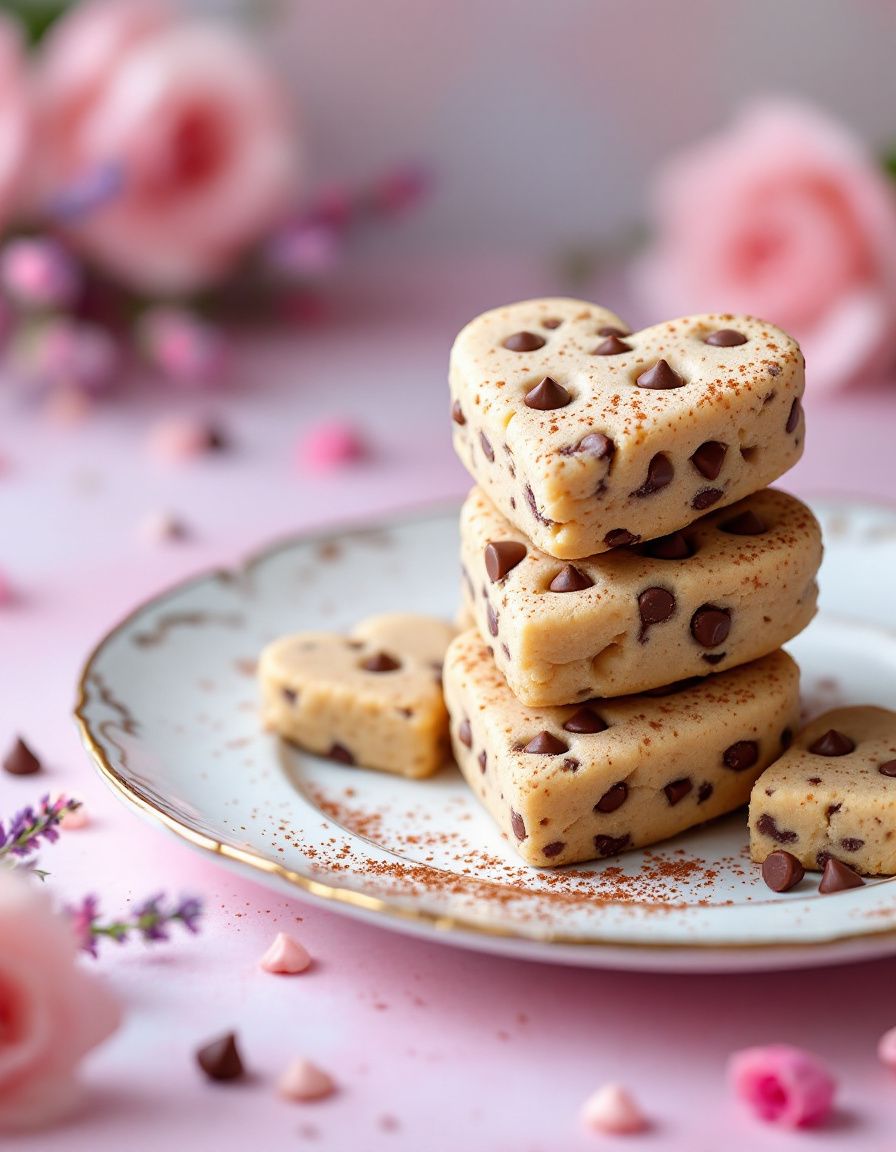No-Bake Oreo Mud Pie: The Ultimate Dessert Delight
Indulge your sweet tooth with this delectable No-Bake Oreo Mud Pie, a dessert that combines the rich flavors of chocolate and creamy vanilla, layered over a crunchy Oreo crust. Perfect for any occasion, this pie is a crowd-pleaser that requires no baking, making it an ideal choice for quick gatherings or casual family dinners. Each slice presents a mouthwatering fusion of textures, with the smooth filling contrasting beautifully against the crispy crumb crust.
Imagine slicing through the dense layers of this pie, revealing a velvety chocolate mousse that oozes sweetness with every bite. The combination of Oreo cookies, whipped cream, and chocolate makes this dessert not only visually appealing but also irresistibly tasty. Whether served at a birthday party, holiday celebration, or simply as a weekend treat, this No-Bake Oreo Mud Pie promises to satisfy both your cravings and those of your guests.
Quick Recipe Highlights
- Flavor Profile: Rich chocolate meets creamy vanilla in a balanced sweetness that is simply irresistible.
- Texture: A delightful contrast of silky filling and a crunchy Oreo crust that melts in your mouth.
- Aroma: The aromatic scent of chocolate harmonizes with the sweet fragrance of vanilla and cream.
- Visual Appeal: Layered beautifully, the pie showcases a dark top with a light whipped cream finish, often garnished with crushed Oreos.
- Skill Level Needed: Easy – perfect for beginner bakers who want to impress with minimal effort.
- Special Equipment: A pie dish and an electric mixer for whipping the cream and mixing the filling.
Recipe Overview
- Difficulty Level: This No-Bake Oreo Mud Pie is considered easy due to its straightforward assembly and minimal cooking techniques required.
- Category: A dessert that fits best within the sweet treat category, ideal for ending a meal on a high note.
- Cuisine: While inspired by classic American desserts, this pie also pays homage to European chocolate traditions.
- Cost: The ingredients are affordable, making this dessert accessible without compromising on taste or quality.
- Season: Perfect for all seasons, especially in warm months when baking might be undesirable.
- Occasion: Suitable for birthdays, holidays, or even casual gatherings with friends and family.
Why You’ll Love This Recipe
This No-Bake Oreo Mud Pie is not just about its exquisite flavor; the pairing of rich chocolate and creamy vanilla provides a mouthwatering experience that is hard to resist. This dessert is designed to please even the pickiest eaters. It’s a luxurious treat that is suitable for sharing, making it great for gatherings. The combination of textures with a buttery crust and silky filling adds to its appeal, creating a sensory delight that will leave a lasting impression.
In terms of convenience, this No-Bake Oreo Mud Pie is quick to prepare. Within just 20 minutes, you can have this dessert ready to chill while you get on with the rest of your plans. It requires no baking, which means less mess and more time to enjoy with family and friends. From preparation to serving, this pie is a stress-free addition to your dessert repertoire.
Nutritionally, while this dessert is indulgent, it can be enjoyed in moderation. Using quality ingredients ensures that each serving delivers satisfaction without excessive guilt. For those who love to entertain, this pie serves as a great conversation starter, and its impressive appearance will surely earn you compliments.
Cost-effectiveness plays an important role as well, as this recipe uses readily available ingredients. With standard pantry staples like Oreos, cream cheese, and whipped topping, you won’t have to break the bank to create this dessert. It proves that delicious desserts can also be budget-friendly.
Lastly, this No-Bake Oreo Mud Pie is perfect for any occasion. Whether it’s a summer picnic or a holiday gathering, its versatility shines through. It invites creativity when serving, allowing you to customize garnishes and presentations according to your event, making it a delightful centerpiece for any dessert table.
Historical Background and Cultural Significance
The No-Bake Oreo Mud Pie is a modern classic that traces its roots back to the popularization of no-bake desserts. Originating in American kitchens, this style of pie became a go-to for those wanting rich, flavorful desserts without the need for baking. The use of Oreo cookies is a nod to an iconic American brand that has become synonymous with indulgence, stretching its influence beyond mere snacks to tasty dessert creations.
Its cultural importance lies in the communal aspect of sharing desserts. Recipes like this one are often passed down through generations, becoming staples at family gatherings, celebrations, and holidays. The pie embodies a sense of togetherness, making it a cherished dessert that friends and families look forward to.
As the decades rolled on, the recipe evolved with variations emerging to meet diverse dietary needs and flavor preferences. From adding different cream flavors to incorporating seasonal fruits, the adaptations of this Mud Pie testify to its enduring popularity and versatility in dessert-making.
Regionally, variations of the No-Bake Oreo Mud Pie can be found across the United States, with each region contributing its own flair. From tropical fruit toppings in coastal areas to richer chocolate versions in chocolate-loving states, this pie has found its place in the hearts—and stomachs—of many.
Ingredient Deep Dive
Common Mistakes to Avoid
- Using Stale Oreos: Ensure your Oreos are fresh for the best flavor and texture; stale cookies will result in a soggy crust.
- Not Allowing for Chilling: Allow the pie to set in the fridge for at least 4 hours to achieve the right consistency; skipping this step will lead to a messy slice.
- Overmixing the Filling: Mixing too much can lead to a grainy texture; mix until just combined.
- Using Low-Quality Whipped Topping: Stick to name brands that provide a better stability and flavor.
- Not Fine Crushing the Cookies: A coarse crumb will make it difficult to press the crust; ensure they are finely crushed for a firm base.
- Inconsistent Layering: Pay attention to even layering for an attractive presentation.
- Rushing Execution: Take your time during preparation to avoid mistakes; a rushed pie may result in uneven textures or flavors.
- Skipping Taste Testing: Before assembly, always taste your filling for sweetness and flavor balance.
Essential Techniques
Pro Tips for Perfect No-Bake Oreo Mud Pie
1. Choose double-stuffed Oreos for an extra rich crust that amplifies the chocolate flavor.
2. For a more intense flavor, add a tablespoon of coffee to the filling to enhance the chocolate notes.
3. Use a springform pan for easy removal and neat presentation.
4. Let the pie sit at room temperature for 10 minutes before slicing to make serving easier.
5. Garnish with chocolate shavings or crushed Oreos just before serving for a professional touch.
6. Consider adding layers of fruit like raspberries for a surprising tartness.
7. If you love peanut butter, swirl some natural peanut butter into the filling for a tasty twist.
8. Always keep a couple of extra Oreos on hand for garnishing or serving on the side.
Variations and Adaptations
This No-Bake Oreo Mud Pie lends itself beautifully to a variety of adaptations. For a seasonal twist, consider adding pumpkin puree and spices during the fall, leading to a spiced pumpkin Oreo pie. In the summer, integrating a layer of fresh strawberries or blueberries can lighten the dessert and give it a refreshing flavor. If you’re feeling adventurous, try incorporating a layer of ice cream for a fun, layered treat.
For a chocolate lover’s dream, use chocolate Oreos instead of regular ones, bringing in double the chocolate flavor. Adjusting the base by using gluten-free cookies can cater to those with dietary restrictions. Additionally, consider making a vegan version by utilizing coconut whipped cream and dairy-free pudding mix, proving that delicious desserts can be enjoyed by everyone.
Presentation can also be varied with themed decorations—a tropical theme could introduce toasted coconut and exotic fruit garnishes, while a more elegant setting could see the pie adorned with gold leaf and fresh mint.
Serving and Presentation Guide
Plating your No-Bake Oreo Mud Pie with care enhances its appeal. Start with a clean slice, using a hot knife for easier cutting. Consider serving each slice atop a drizzle of chocolate sauce or a scoop of vanilla ice cream. Garnishing with fresh mint or berries provides a color contrast that revitalizes the dessert.
When it comes to temperature, serve the pie chilled but allow slices to warm slightly on the plate for improved flavor release. Different portion sizes can be cut for various occasions—small bites for a large gathering or generously sized slices for intimate family dinners.
Consider using unique serving platters or individual serving cups for a more modern twist, making it visually stunning and easier for guests to enjoy.
Wine and Beverage Pairing
For a decadent experience, pair this No-Bake Oreo Mud Pie with a rich dessert wine, such as a late harvest Riesling or a Ruby Port, which complements the chocolate flavor beautifully. Alternatively, a glass of red wine like Merlot can also harmonize well with the dessert.
If preferred, non-alcoholic options like cold brew coffee with a splash of cream can balance the sweetness while enhancing the chocolate notes. A rich black tea also works wonderfully if looking for a warm pairing.
When serving these beverages, ensure they are at optimal temperatures; chilled wines and drinks elevate the overall dessert experience.
Storage and Shelf Life
To maintain the freshness of your No-Bake Oreo Mud Pie, store it in the refrigerator, covered with plastic wrap or aluminum foil. Ideally, enjoy it within 5 days for the best flavor and texture. If freezing, the pie should be wrapped tightly and can be stored for up to 2 months, but note that whipped toppings may affect the texture once thawed.
Signs of spoilage include off smells, an unusual texture, or discoloration of the whipped topping. Reheat any portions gently in microwave or serve chilled directly from the fridge.
Make Ahead Strategies
One of the biggest appeals of this No-Bake Oreo Mud Pie is its suitability for make-ahead preparations. You can prepare the crust a day in advance and store it in the refrigerator, which also allows the flavors to meld. As for the filling, you can whip it up a few hours before serving and allow it to chill adequately.
Regarding timing, allow a few extra hours for chilling, ensuring it’s fully set before serving. Fresh elements such as whipped cream toppings can be added just before presenting, keeping them light and airy.
Scaling Instructions
Scaling your No-Bake Oreo Mud Pie is simple. To halve the recipe, use a smaller pie dish and adjust ingredient amounts accordingly. Doubling or tripling the recipe is equally straightforward; use larger pans and be mindful of chilling time, as larger volumes may require additional chilling.
Keep in mind that the crust may need to be more compact in larger forms, so adjust your cookie-to-butter ratio slightly if needed. Always ensure to check for even setting during the chilling phase regardless of the recipe scale.
Nutritional Deep Dive
This No-Bake Oreo Mud Pie offers balance in terms of macros, providing a decadent treat that is rich in carbohydrates and fats due to the creamy ingredients and cookie crust. While it’s indulgent, a moderate serving can fit into a balanced diet, offering enjoyment without excessive caloric load.
Micronutrient analysis reveals key contributors like calcium from the cream and trace elements from the cookies. For those keeping a keen eye on dietary considerations, understanding serving sizes is crucial to weight management. Adjust portions according to your lifestyle choices while enjoying this dessert on occasion.
Dietary Adaptations
Dietary adaptations for this No-Bake Oreo Mud Pie are easy to implement. For a gluten-free version, utilize gluten-free chocolate sandwich cookies for the crust. A dairy-free variant can employ coconut cream and dairy-free pudding options, making it accessible for those with restrictions.
If you’re interested in vegan options, using plant-based cream substitutes and refraining from gelatin ensures everyone can enjoy a slice without compromise. For those on low-carb diets, consider a crust made from nuts and low-carb sweeteners to create a satisfying alternative.
The recipe can also be adapted for Paleo diets by sticking to natural sweeteners and whole food ingredients, allowing for creativity while addressing health goals.
Troubleshooting Guide
If you find your No-Bake Oreo Mud Pie too soft to hold its shape, it could be under-chilled; ensure at least four hours in the fridge to properly set. If it’s overly sweet, balance flavors with a pinch of salt or the addition of lemon juice in your cream mix for freshness.
In case of texture issues, check that the cream is whipped correctly; under-whipped cream leads to a runny filling. If the crust crumbles when slicing, ensure your butter-to-cookie ratio is perfect, as a dry crust will not hold together well.
Timing concerns during preparation can usually be solved by allowing your crust and filling to rest longer, enabling proper moisture absorption and cohesion.
Recipe Success Stories
Countless fans of the No-Bake Oreo Mud Pie have shared their delightful experiences, highlighting how this easy dessert turned an ordinary gathering into a memorable occasion. Many have adjusted the recipe for dietary preferences, successfully substituting ingredients while preserving the luscious flavors.
Readers have expressed how this dessert not only pleases palates but also allows them to showcase creativity through presentation and garnishing. The step-by-step instructions combined with engaging imagery have enabled even novice bakers to produce stunning results.
Photography sharing in online communities has inspired further variations, with unique flavor combinations becoming popular among home bakers looking to share their successful twists on this classic pie.
Frequently Asked Questions
Can I use homemade whipped cream instead of store-bought?
Yes, homemade whipped cream is a great substitute! Just ensure it is whipped to soft peaks for the best results.
How long should I chill the pie?
For optimal results, chill the pie for at least four hours, or ideally overnight, to allow it to set properly.
Can I freeze leftovers?
Yes, you can freeze the pie for up to two months. Just be sure to wrap it tightly to prevent freezer burn.
What if my filling is too runny?
If your filling is too runny, check to see if the whipped cream was overmixed or if it wasn’t chilled long enough to set; both factors can affect texture.
How do I make it gluten-free?
Use gluten-free chocolate sandwich cookies instead of regular Oreos to make the pie entirely gluten-free while still keeping the same flavor profile.
Can I add something extra to the filling?
Absolutely! Feel free to incorporate peanut butter, crushed candy, or other flavor enhancers directly into the filling for a personalized touch.
Is this recipe suitable for children to help with?
Definitely! Kids can help with crushing the cookies and mixing the filling, making it a fun family activity.
What can I use instead of chocolate pudding mix?
You can substitute with vanilla pudding mix for a different flavor profile, but this will alter the overall chocolate intensity.
Why is my crust too crumbly?
A crumbly crust may mean there wasn’t enough butter; make sure the Oreo-to-butter ratio is balanced to hold it together while slicing.
How do I make the pie more chocolatey?
Incorporate melted chocolate into the filling for an added layer of richness that intensifies the chocolate flavor.
Additional Resources
For more delicious inspiration, consider exploring related recipes like No-Bake Cheesecake or Oreo Truffles, which also utilize Oreos in creative ways. Enhance your baking skills with technique guides that cover whipping cream and crafting the perfect pie crust. Understanding ingredient information, particularly the variety of chocolate used, can also enhance your baking experience. Investment in versatile kitchen equipment is crucial for achieving successful results in dessert-making, enabling you to whip up more no-bake treats with ease.
Join the Conversation
Engage with fellow dessert enthusiasts by sharing your No-Bake Oreo Mud Pie experiences on social media. Post your photography captures, showcasing your unique presentations and variations of the recipe. Your feedback and suggestions not only enrich the community but also inspire others to try their hand at this delightful dessert.
Encourage others to share their adaptations and variations, fostering a creative dialogue within the baking community. This recipe is a canvas, inviting everyone to leave their mark, and each story adds richness to the culinary tapestry.
The Recipe
No-Bake Oreo Mud Pie
Serves: 8 servings
Prep Time: 20 mins
Cook Time: 0 mins
Total Time: 20 mins
Kitchen Equipment Needed
- 9-inch pie dish
- Mixing bowls
- Electric mixer
- Measuring cups and spoons
- Spatula
Ingredients
- 24 Oreo cookies, crushed
- ½ cup unsalted butter, melted
- 8 oz cream cheese, softened
- 1 cup powdered sugar
- 2 cups whipped topping
- 1 package (3.9 oz) chocolate pudding mix
- 2 cups milk
- Additional Oreo cookies for garnish
Directions
- In a medium bowl, combine the crushed Oreos and melted butter, and mix well.
- Press the Oreo mixture firmly into the bottom of a 9-inch pie dish to form the crust.
- In another bowl, beat together the softened cream cheese and powdered sugar until smooth.
- Gently fold in the whipped topping until well combined.
- In a separate bowl, whisk together the chocolate pudding mix and milk for 2 minutes until thickened.
- Add the chocolate pudding to the cream cheese mixture and blend until fully incorporated.
- Pour the filling into the prepared Oreo crust, smoothing the top with a spatula.
- Chill the pie in the refrigerator for at least 4 hours or until set.
- Before serving, garnish with additional crushed Oreos, if desired.
Recipe Notes
- For extra flavor, consider adding a layer of peanut butter or fruit to the filling.
- Store leftovers covered in the refrigerator for up to 5 days.
- This pie can be made a day in advance, making it perfect for gatherings.

